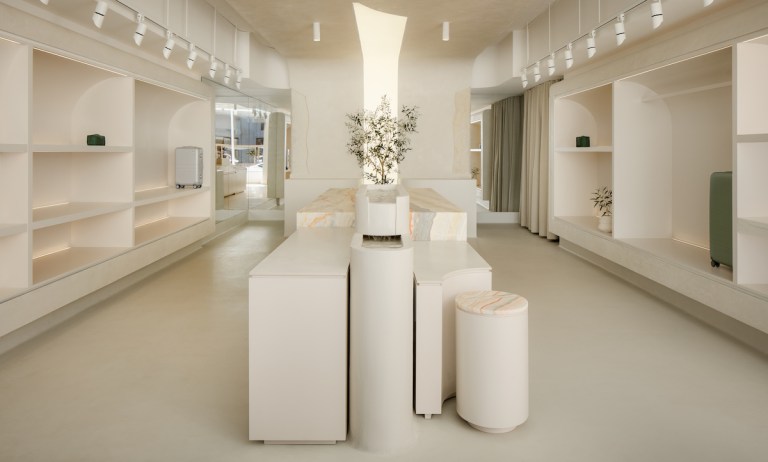
Monos is growing its brick-and-mortar presence, a move that is not only opening a new sales channel, but also boosting its eCommerce business.
In an interview with PYMNTS, Victor Tam, CEO of the direct-to-consumer (D2C) travel and luggage brand, shared that the company’s Friday (June 21) announcement of its second in-person retail location follows the success of its first store, located in Canada’s British Columbia (BC) province, in boosting omnichannel engagement with the brand.
“What’s been surprising is how well our first store has performed both in the four-walls profitability in our first year, and then also the halo that we’ve seen in that region, just by having the store,” Tam said. “…[In] our tests, in the region of BC, we’re seeing a lift of roughly 40% in eCommerce revenue just by having the store versus other regions that don’t have the store.”
Consumers, for their part, want to be able to engage across channels. The PYMNTS Intelligence report “2024 Global Digital Shopping Index: SMB Edition,” commissioned by Visa Acceptance Solutions, drew from a survey of nearly 14,000 consumers across seven countries to understand their omnichannel shopping behavior. The study found that 40 percent of consumers are Click-and-Mortar™ shoppers, opting for purchasing journeys that combine the in-store experience with digital convenience. Less than a third shop purely in stores, and 29% shop remotely via digital channels.
In terms of this omnichannel engagement, Tam noted that for Monos, there is “a pretty even split” between those who educate themselves online and make purchases in the store and those who visit the store to learn about the products and then ultimately complete their purchase online, although slightly more consumers by the product on site.
To further this in-store engagement, as the company gears up to expand its physical process across Canada and the United States over the next year, the brand is looking to the food and beverage space to create a more immersive shopping experience.
“We are hoping to do our first in-store F&B concept in Chicago — our own café — and so, that’s the next layer of furthering the experience with the brand, and then if that goes well, that’s something that we can deploy in certain cities,” Tam said.
More brands are integrating restaurant concepts into their stores — the Skechers eatery, Netflix’s forthcoming in-person entertainment complexes with themed restaurant offerings and Ralph Lauren’s Ralph’s Coffee café chain, to name a few. Many other luxury brands as well as luxury department store chains also offer on-site dining. These eateries can encourage customers to stay longer, browse more merchandise and ultimately increase their basket size. Plus, if the eatery is good enough, it can become a destination in itself, drawing customers in and boosting engagement with the brand.
Monos, for its part, is quickly growing its brick-and-mortar footprint.
“We have eight stores planned for next year,” Tam said. “I think it’s really just seeing, … from our first store and the learnings here, whether they’ve been able to replicate and whether these assumptions work in these other geos.”
For all PYMNTS retail coverage, subscribe to the daily Retail Newsletter.